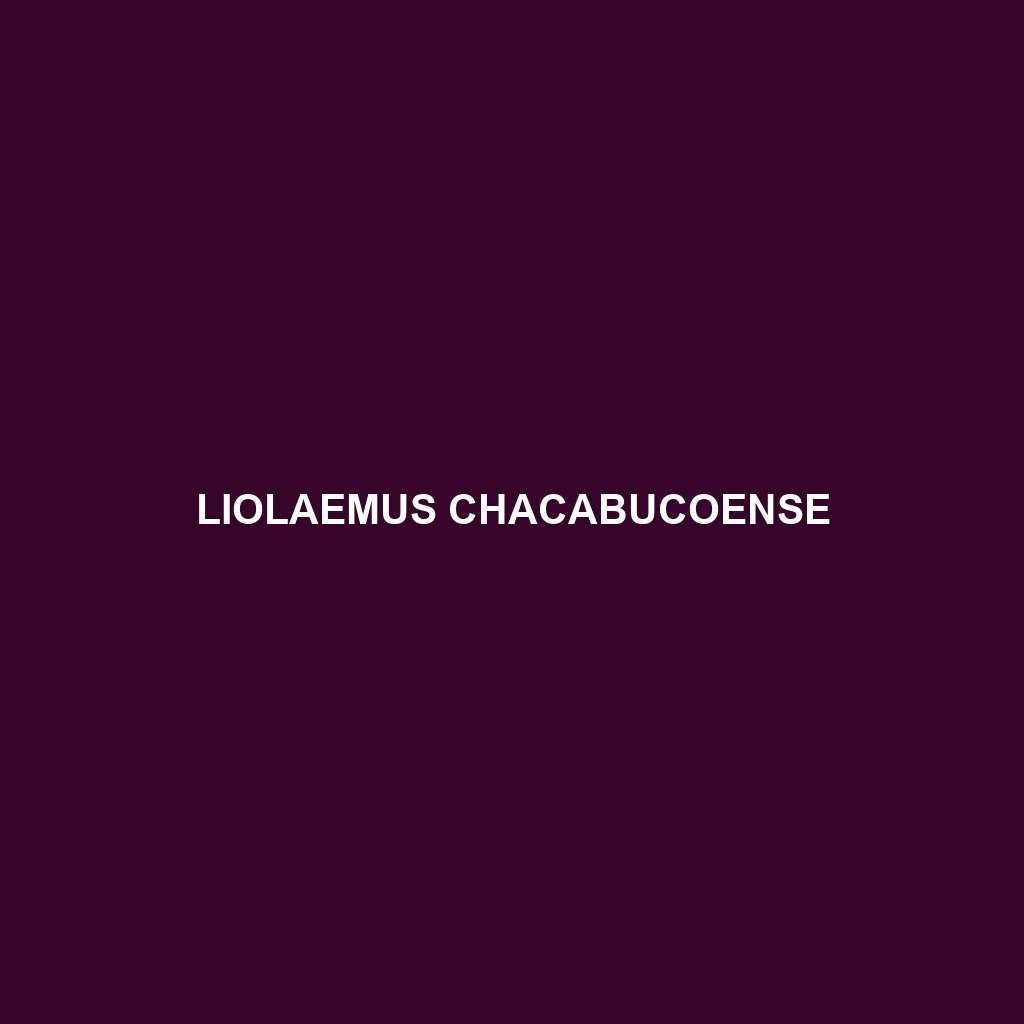Discover the captivating Liolaemus lemniscatus, a vibrant lizard native to the temperate forests and savannas of Chile and Argentina, characterized by its striking golden-yellow lateral stripe and unique adaptability to diverse habitats. This diurnal omnivore plays a vital role in its ecosystem by controlling insect populations and supporting plant biodiversity.
Tag: unique lizard facts.
Liolaemus juanortizi
<br><b>Liolaemus juanortizi</b>, a distinctive lizard from the Andes of Argentina and Chile, features a slender body measuring 15-20 cm, with brown and gray coloration for camouflage. This diurnal insectivore plays a vital role in its ecosystem as a predator of insects and contributes to ecological balance while exhibiting vibrant mating displays during the breeding season.
Liolaemus dumerili
Discover the fascinating Liolaemus dumerili, an adaptable omnivorous lizard found in southern South America's diverse temperate forests and grasslands. Characterized by its vibrant coloration, unique physical traits, and role as a minor predator in its ecosystem, this species is crucial for maintaining ecological balance.
Liolaemus crandalli
Discover the unique Liolaemus crandalli, or Crandall's liolaemus, a striking lizard native to the temperate forests and grasslands of southern Chile and Argentina. Measuring 8 to 12 cm, this diurnal insectivore features a slender body with vibrant coloration in males during breeding, and plays a vital role in its ecosystem by controlling insect populations and serving as prey for larger predators.
Liolaemus chacabucoense
Discover the <b>Liolaemus chacabucoense</b>, a vibrant lizard native to the temperate forests and savannas of Argentina's Chacabuco Valley, known for its unique coloration and diurnal basking behavior. This species plays a crucial role in its ecosystem as an insectivore, helping regulate insect populations while adapting to various environmental conditions.
Lerista alia
Lerista alia, also known as the Slender Lizard, is a slender, nocturnal insectivore native to the temperate forests and savannas of Australia, featuring a streamlined body, earthy coloration, and a burrowing lifestyle. This species plays a vital role in regulating insect populations and maintaining ecosystem health while exhibiting unique adaptations such as tail regeneration and temperature-dependent sex determination.
Lepidoblepharis emberawoundule
Discover the vibrant Lepidoblepharis emberawoundule, a small, nocturnal lizard from the Amazon Basin, renowned for its striking camouflage and specialized climbing abilities. This insectivorous species plays a vital role in its ecosystem, helping control insect populations while serving as prey for larger predators.
Leiosaurus paronae
<b>Leiosaurus paronae</b>, or Parona's Lacertid, is a slender, nocturnal lizard found in the lush habitats of northeastern Argentina and Uruguay, reaching lengths of 15 to 20 centimeters. This adaptable omnivore plays a crucial role in its ecosystem by controlling insect populations and aiding in seed dispersal.
Leiocephalus inaguae
<p><b>Leiocephalus inaguae</b>, known as the Inagua Curlytail Lizard, is a <i>Vulnerable</i> species native to the Inagua Islands in the Bahamas, characterized by its slender body, vibrant coloration, and long, curly tail. These diurnal lizards play a crucial role in their ecosystem by controlling insect populations and pollinating native plants.</p>
Laudakia sacra
<b>Laudakia sacra</b>, also known as the Afghan rock agama, is a resilient lizard native to the arid regions of Central Asia, characterized by its distinct brown or gray coloration, elongated body, and fascinating social behaviors. Predominantly insectivorous, these lizards play a vital role in their ecosystem by regulating insect populations while serving as prey for larger predators.









